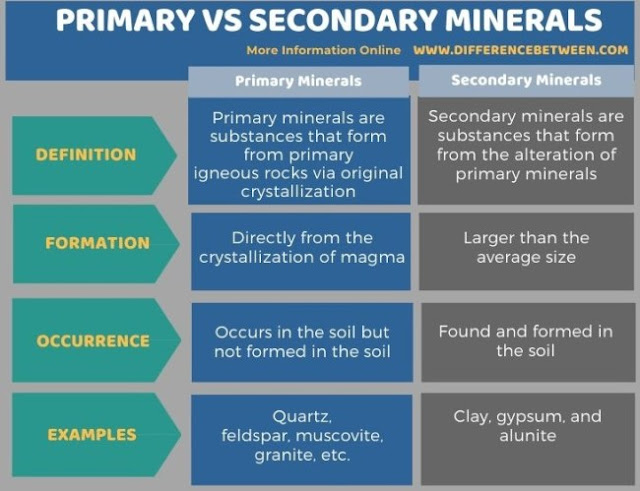SOILS
Soil is the uppermost layer of earth's crust which comprises fine particles, dead remains of organisms, various minerals and water. Soil is a dispersed polyphase system consisting of solid, liquid and gaseous phase. Each phase is physically or chemically different and mechanically separable. Presence of one than one phase, the soil is called heterogeneous system.
Functions of soils:
There are four main functions of soil.
- Soil is the production of biomass, ensuring food, fodder, renewable energy and raw materials. This functions is the basis of human and animals life.
- Soil is a filler and buffer and transformation agent between the atmosphere, the ground water and the plant cover is strongly influencing the water cycle at the earth surface as well as the gas exchange between terrestrial and atmospheric system, protecting the environment, including human begins against the contamination of the ground water and the food chain. Soils are the central link in the biotransformation of organic carbon and continually play a role in releasing CO2 and other trace gasses in to the atmosphere.
- Soils are serve as biological habitat and gene reserve, with a large variety of organism in and above the soil.
- Soil is a memory, and therefore a geogenic and cultural heritage, forming an essential part of the landscape in which we live.
Components of soil: There are four major components of soil.
- Solid phase: consists of soil solid or particles and organic and origin. It forms the skeleton of the soil system.
- Liquid phase: consists of soil water or soil solution filling the soil voids.
- Gasseoous phase: consists of gasses or air occupying the void space not occupied by water.
- Soil minerals: The soil minerals can be classified into:
- Primary minerals
- Secondary minerals
- Accessory minerals
- Primary Minerals:- The soil and silt fractions of the soil solids are mainly made up of the primary minerals. Quartz and feldspar are important primary minerals. Quartz occurs in most of the soils and makes up about 50 to 90 per cent of sand and silt fractions. The quartz crystal consists of silica tetrahedral in which all four oxygens are shared and there are no cleavage planes. Feldspar are alluminosilicates of potassium, sodium and calcium. the structure of feldspar consists of silica tetrahydra linked together by sharing each oxygen atom between adjacent tetrahydra resulting into a three dimentional network or tekto-silicate structure. Potassium feldspars are orthoclase, microline, adularia etc. There are common minerals of granite and gneiss rocks. The plagioclase feldspars consists of albite, oligoclase, andesine etc.
- Secondary Mineral:- Secondary minerals generally occur in the clay fraction of the soil. There minerals are also known as layer silicate minerals, phyllo-silicates or clay minerals. These minerals are primarily responsible for physical properties of soil like soil soil consistency, plasticity, swelling and physico-chemical properties like cation-exchange, ion fixation and release.
- Accessory Minerals:- Accessory minerals occur in the sand and silt fractions in appreciable amounts and include pyroxenes and amphiboles, olivines, apatite, Tourmaline, Zireon, Magnetite, Ilmanite, Rutile, Kyanite, Staurolite etc. Sometimes, caronate (Dolomite) and sulphur (Zypsum) bearing minerals also occur in soils.
लेखक :- ए. पी. सिंह M.Sc. agronomy (www.agriculturebaba.com)
अधिक जानकारी के लिए हमारे YouTube Channel को लिंक करें :-https://www.youtube.com/channel/UCLzvhZCV0nPHpk4RIKpHT9w
और हमारे Facebook Page को लिंक करें :- https://www.facebook.com/Agriculture-Baba-106481014364331/
और हमारे Facebook Page को लिंक करें :- https://www.facebook.com/Agriculture-Baba-106481014364331/
तथा हमारे Twitter Account को लिंक करें :- https://twitter.com/BabaAgriculture
एवं हमारे Instagram Account को लिंक करें:- https://www.instagram.com/agriculturebaba7800/



1 comments:
Click here for commentsUseful information in simple language. Thank u
If you have any doubts, Please let me know and Please do not enter any spam link in the comment box. ConversionConversion EmoticonEmoticon